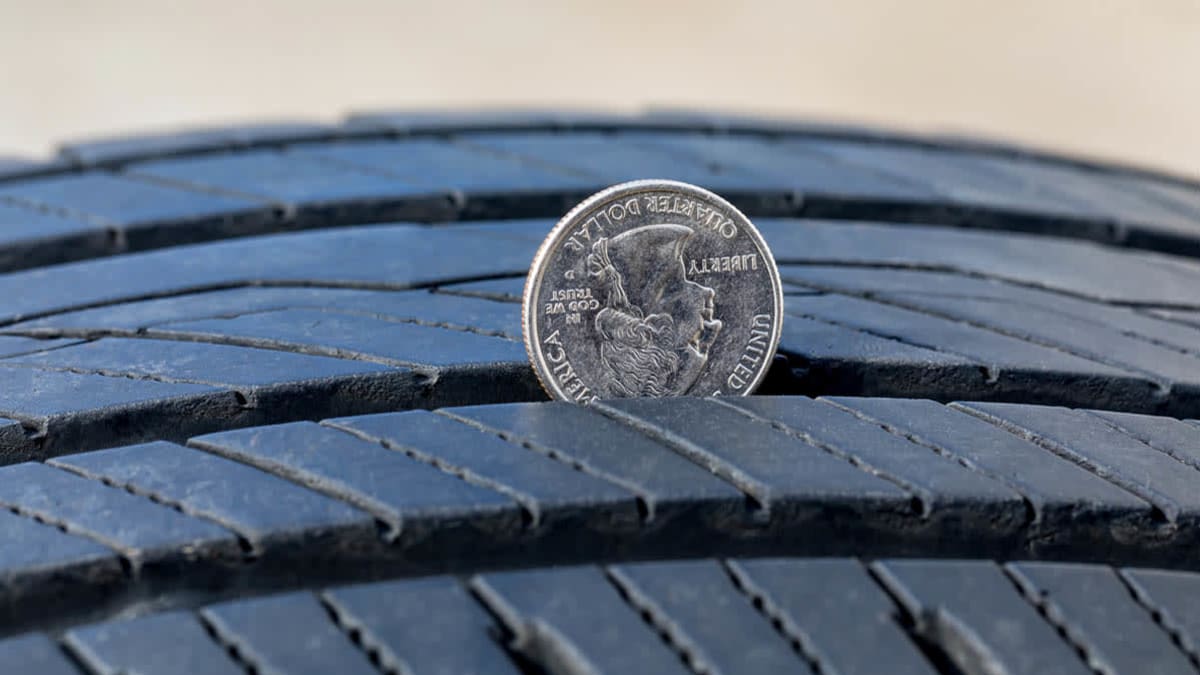
Before you start shopping, it’s good to know some tire basics.
Tires carry a speed rating, usually from S (112 mph) to Y (186 mph), with some winter tires having a lower speed rating. That indicates the tire’s maximum speed when carrying a load. Higher speed-rated tires tend to have better grip and handling but wear out sooner, generally making them more expensive.
Tires come in a variety of sizes, so it’s important that you get the right one for your car.
On the side of each tire are numbers like this: 215/60R16. The 215 refers to the cross-section width, the widest distance from one sidewall to the other when mounted on the wheel; 60 is the ratio of sidewall height to tire width; and 16 is the size of the wheel in inches. Most cars also list this on the driver’s doorjamb.
Online retailers usually offer some of the lowest prices. But you may have to pay for shipping the tires to you, plus installation and balancing costs.
Local car dealers and tire retailers may match those prices or give you a deal on installation. Keep an eye out for promotions, too, including manufacturer rebates and sales.
Last, note that price varies by size as much as by brand and model. Expect to pay more for larger tires.









